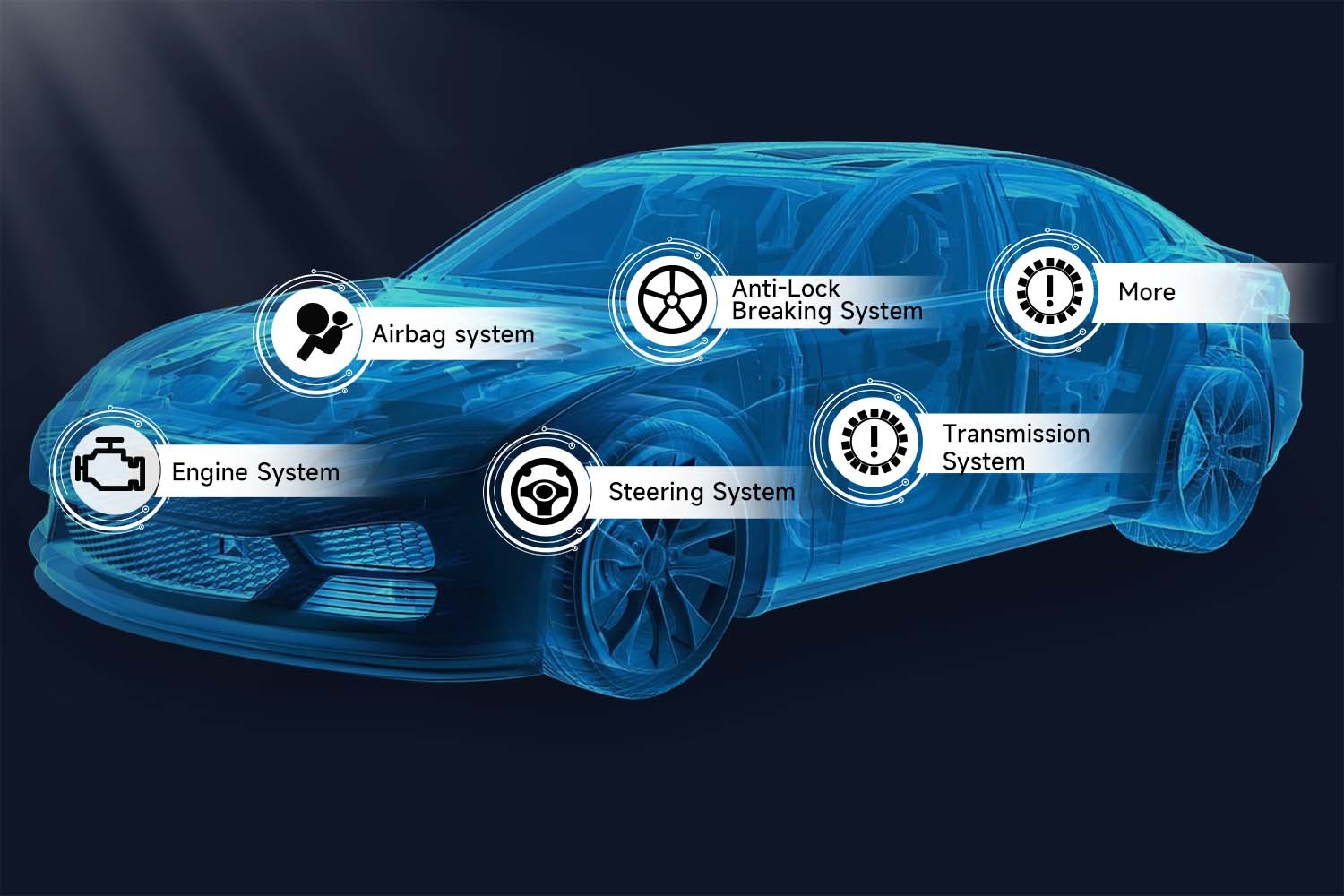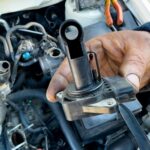The convenience of keyless entry is undeniable. But what happens when you need to connect a diagnostic scanner to your keyless car? This comprehensive guide provides a step-by-step approach to connecting your scanner, troubleshooting common issues, and ensuring compatibility. Understanding this process empowers you to take control of your vehicle’s diagnostics and maintenance.
 Car Scanner Functions
Car Scanner Functions
Understanding Keyless Entry and Scanner Connectivity
Keyless entry systems rely on wireless communication between a key fob and the vehicle. This seamless entry and ignition process, while convenient, can present challenges when connecting external devices like OBD2 scanners. Understanding the fundamentals of these systems is crucial for successful diagnostics. The scanner needs to communicate with the car’s computer system, often requiring the car to be in a specific mode to enable this connection.
Types of OBD2 Scanners and Their Functions
Various OBD2 scanners cater to different needs. Diagnostic scanners, like the Foxwell NT809BT, read trouble codes and perform diagnostics. Key programmers create or reprogram key fobs, essential for lost or damaged keys. Understanding your scanner’s capabilities is vital for effective communication with your keyless car. Some scanners offer advanced features like remote start system management.
Connecting a Foxwell NT809BT Scanner to a Keyless Car: A Step-by-Step Guide
Connecting a Foxwell NT809BT to a keyless car is a straightforward process. First, ensure your scanner is charged and your car is parked safely. With the key fob within range, turn the ignition to the “On” position without starting the engine (accessory mode). Power on the scanner. The scanner should automatically detect your car’s make and model. Once connected, you can access various diagnostic functions, including reading trouble codes, performing system tests, and even programming keys. Always consult the user manual for specific instructions.
Troubleshooting Common Connection Issues
Connection failures can occur due to power issues, compatibility problems, or signal interference. Ensure both the scanner and car are powered on correctly. Check compatibility using the user manuals or online resources. Signal interference from other electronic devices can also disrupt communication, so try moving away from potential sources of interference.
Ensuring Compatibility Between Your Scanner and Keyless Car
Before attempting connection, verify compatibility between your scanner and your car. Consult the manuals for both devices. They often contain information about supported models and communication protocols. Online databases and manufacturer customer support can also provide compatibility information. Automotive forums often have valuable insights from other users regarding specific scanner and vehicle pairings.
Safety Precautions for Scanner-Car Communication
Prioritize safety when connecting scanners. Use devices from reputable manufacturers and keep their software updated to minimize security risks. Disconnect the scanner after use to prevent unauthorized access. Perform these tasks in a secure environment to mitigate theft or interference. Regularly updating your car’s software is also crucial for maintaining security.
Conclusion: Mastering Keyless Car Diagnostics
Connecting a scanner to your keyless car empowers you to understand and maintain your vehicle. Diagnostic capabilities, key programming functions, and access to vital vehicle information enhance your driving experience. Tools like the Foxwell NT809BT offer comprehensive solutions for managing your keyless car’s technology.
FAQs: OBD2 Scanners and Keyless Cars
How to Use OBD2 Scanner on Push Start Car? Ensure the car is in the “On” or “Run” position without starting the engine. Connect the scanner to the OBD2 port, usually under the dashboard. Follow the scanner’s prompts.
Can You Use an OBD2 Scanner to Program a Key Fob? Most standard OBD2 scanners cannot program key fobs. Specialized key programmers or advanced diagnostic tools are usually required.
How Do I Connect My Car to Code Reader? Locate the OBD2 port, typically under the steering column. Turn the ignition to “On” without starting the engine. Connect the code reader and follow its instructions. Make sure the code reader is compatible with your vehicle’s make and model.
